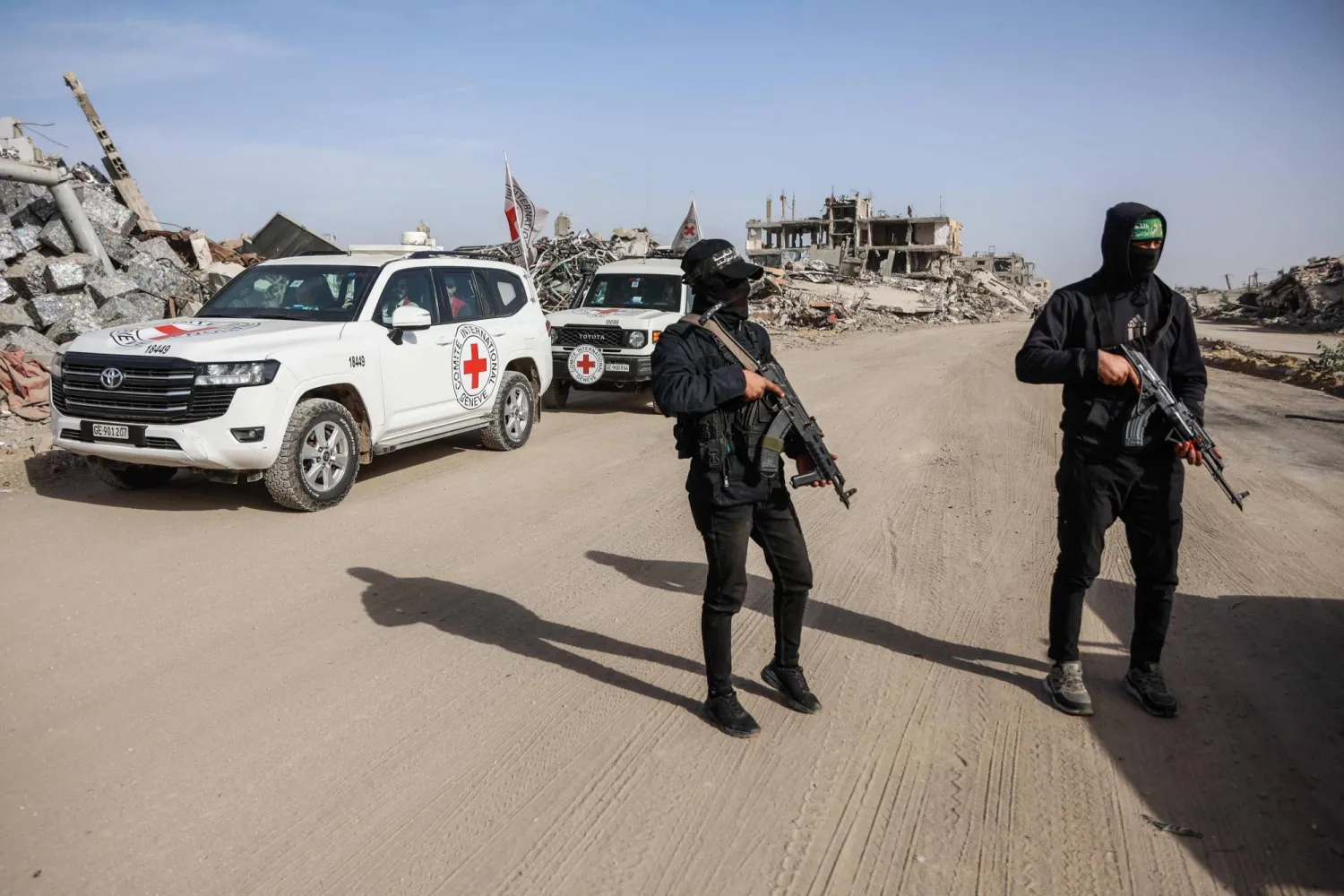Iraqi Prime Minister Mustafa Al-Kadhimi announced on Wednesday transforming the site of ISIS’ 2014 “Camp Speicher” massacre in the northeastern governorate of Saladin into a landmark, blaming the policies adopted by previous governments for the heinous crime.
“Corruption, mismanagement, and lawless policies are the causes of these tragedies; we must remember that our unity, institutions, and national affiliation will prevent the recurrence of such massacres,” said Kadhimi said during a visit to the site.
The mass killing, in which an estimated 1,700 unarmed, predominantly Shiite soldiers from Camp Speicher - a former US base outside the city of Tikrit - were killed, became a symbol of ISIS’s brutality against Iraqis.
The camp had “witnessed one of the most heinous massacres of humanity, and the innocent blood that fell here awakened the Iraqi conscience,” said the prime minister.
It is noteworthy that the massacre, which targeted hundreds of students from predominantly Shiite governorates in central and southern Iraq, occurred under the reign of former Prime Minister Nouri al-Maliki.
Moreover, the slaughter took place when the influence of ISIS’s self-proclaimed caliphate peaked in 2014.
ISIS terrorists managed to occupy Saladin a few days after it took over the northern governorate of Mosul in June of that year.
To this day, the Camp Speicher mass murder still arouses political controversy in the Levantine country.
With many doubting whether it was only ISIS militants involved in the massacre, some suspect that local tribesmen, especially relatives of former Iraqi President Saddam Hussein, took part in the bloodshed.
During his visit to Saladin, Kadhimi met with tribal sheikhs and officials in the local administration. The prime minister discussed living conditions in the governorate and ways to confront terrorism.
The fall of Tikrit in 2014 was part of the ISIS onslaught that stunned Iraqi security forces and the military, which melted away as the militants advanced and captured key cities and towns in the country’s north and west.
Kadhimi said the government would transform the crime site into a museum to “immortalize the sacrifices of Iraqis.”
“We must always remember this innocent blood by preserving the victories that were achieved over terrorism and preserving our national identity,” he said.









